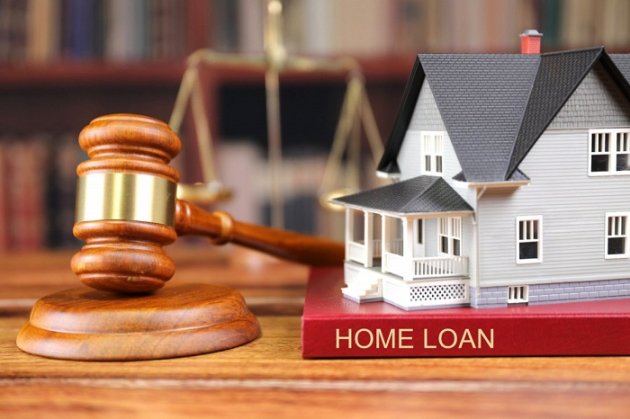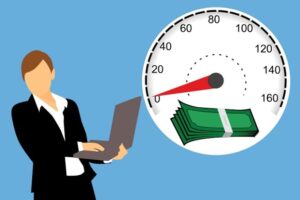Homeowners refinance their homes for multiple reasons. Many seek a refinance because their home’s value has increased considerably, and they need money. Before refinancing a home, owners need to learn as much as possible about this option and how it can impact the life of their loan and their monthly payments.

Table of Contents
What Is a Reverse Mortgage?
Homeowners have the option of refinancing their mortgages without selling their homes. Those interested in a reverse mortgage need to learn the facts about this refinancing option. Many homeowners can take advantage of a reverse mortgage while getting a lower interest rate.
Reasons Homeowners Should Consider a Reverse Mortgage
The reasons for seeking a reverse mortgage vary among homeowners. Homeowners will find exploring the following reasons will help them determine if a reverse mortgage is a right solution.
- Homeowners can get more money if their home’s value has increased since the opening of their initial mortgage. Many seniors seek a reverse mortgage to help them manage their financial situations in retirement.
- Homeowners can stay in their homes and save money with a reverse mortgage. Getting a reverse mortgage is less expensive than moving, buying, or renting a new place.
- The money obtained from a reverse mortgage is not subject to taxation. The IRS considers this money loan proceeds so borrowers will not have to pay taxes.
- Homeowners will never have to worry about the repayment amount rising about the fair market value of their home.
- Homeowners will often find they can pay off the balance of their reverse mortgage faster than other types of loans.
- The heirs have options if the homeowner dies before paying off their loan balance. They can sell the property to pay off the balance or keep the home and refinance the terms.
With so many advantages and options, it is no surprise that many homeowners seek reverse mortgages while paying on a first mortgage. Homeowners must learn about the requirements for seeking a reverse mortgage so they can get started.
How to Seek a Reverse Mortgage
There are certain requirements homeowners must meet when seeking a reverse mortgage. The following are some of the requirements for eligibility. If homeowners cannot meet these requirements, they may be unable to pursue a reverse mortgage.
- The homeowner must own the home outright or have at least paid off a significant portion of the mortgage.
- The property must be the owner’s primary residence.
- Homeowners cannot be delinquent on federal debt of any type.
- The homeowner must be financially capable of paying property taxes, homeowner’s association dues, and homeowner’s insurance.
- Homeowners must participate in an information session hosted by the United States Department of Housing and Urban Development.
Homeowners should not apply for a reverse mortgage if they cannot meet the above requirements. Homeowners also need to learn about their options.
Seek the Right Type of Reverse Mortgage
Homeowners have multiple options available to them for reverse mortgages. Considering the following options helps homeowners make the right choice for refinancing their homes.
Home equity conversion loans are the most popular type of reverse mortgage. These are federally insured and have a higher upfront cost than some other types, but the funds can be used for any purpose deemed worthy by the homeowner.
There is also a proprietary reverse mortgage option. This is a private mortgage that is not backed by the federal government. Those with a higher-valued home can receive much more money than a federal loan.
A single-purpose reverse mortgage is not as common as the others. These mortgage loans are offered by non-profit organizations.
No matter which type of reverse mortgage homeowners choose, they must research carefully. Learning about the options prepares homeowners to decide effectively.




